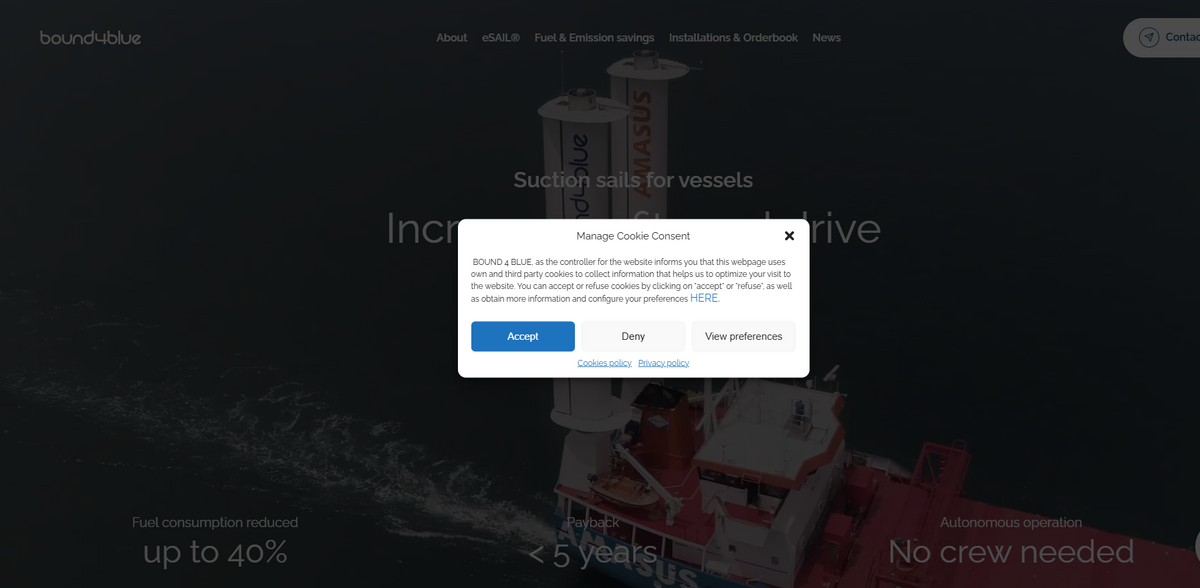What the Project Is
DECARBONIZE. REVITALIZE. THRIVE. Bringing balance to disrupted waters, this project uses Lillianah Technologies’ cost-effective carbon removal technology that is 50x-100x cheaper than Direct Air Capture. It targets carbon in the ocean with a goal of potentially removing over 2 billion tons of CO2e annually from hundreds of projects. The approach is all about restoring marine environments by cultivating site-specific native diatoms in self-manufactured photobioreactors and then releasing them into polluted nearshore waters. This natural biofiltration process allows these photosynthetic, silica-based aquatic algae to outcompete harmful species, ultimately increasing oxygen levels and reducing pollutants. It’s a straightforward, natural method that brings life back to our oceans… and yes, it really is that impactful.
Main Benefit
- 50x-100x cost savings compared to Direct Air Capture
- Potential to remove over 2 billion tons of CO2e annually
- Restores balance and biodiversity in fragile marine ecosystems
- Uses an entirely in-house developed technological and scientific process
- Engages local stakeholders like fishermen for sustainable environmental remediation
Addressing a Pressing Environmental Challenge
The problem is huge: current carbon removal technologies are too expensive and simply cannot meet the growing demand. Humans are emitting carbon at an unsustainable pace that the planet struggles to keep up with. This rapid emission is unintentionally altering environmental conditions—disrupting water quality and degrading marine ecosystems. Without a viable plan, the future looks bleak, with polluted dead zones and irreparably damaged coastal regions. The project’s focus on nearshore marine waters tackles these challenges directly, offering a practical and sustainable way to rebalance affected ecosystems.
Innovative Technological Process
The process is as smart as it is innovative. It starts with cultivating specific, native diatoms in self-manufactured photobioreactors—the very same diatoms that are natural powerhouses in photosynthesis. These cultivated diatoms are then introduced into polluted coastal waters, where they use the available silica-rich nutrients to thrive. They not only absorb excess nutrients that cause harmful algal blooms but also boost oxygen production in the water column through photosynthesis. As the diatoms complete their lifecycle, they fall to the ocean floor as sediments, effectively trapping carbon in a stable geological form. This scientifically backed process is carefully monitored using drifting sensor arrays, autonomous vehicles, sediment traps, and optical sensors to measure every stage from photosynthesis to carbon sequestration.
Community Collaboration and Local Impact
Lillianah’s approach goes hand in hand with active community collaboration. Local stakeholders—like fishermen and coastal communities—work together to remediate nearshore marine environments and restore natural ecosystems. By using native diatoms supplemented with silica-rich materials, the project vastly improves water quality in bays, estuaries, and other significantly impacted areas. The engagement with community stakeholders ensures that local knowledge and needs are reflected in the process, making the solution not only environmentally effective but also socially responsive. It’s a prime example of nature and community working together, where the restoration of marine life is also the restoration of livelihoods.
Enhancing Measurement and Reporting Accuracy
A robust five-step integrated approach guarantees precise measurement, reporting, and verification of marine carbon removal. First, the oxygen produced during photosynthesis is measured to indirectly estimate carbon uptake, while a similar approach is used to assess oxygen consumption by marine life through respiration. Second, the flux of carbon reaching the sediments is measured both indirectly and directly using sediment traps and optical sensors that literally record sinking carbon particles. Third, decay curves in the sediments help quantify the remaining organic carbon over time, ensuring a reliable gauge of carbon removal efficiency. Lastly, the process includes verifying co-benefits such as a decrease in nitrous oxide production. This comprehensive methodology, underpinned by peer-reviewed scientific literature, ensures the accountability and transparency of every stage.
Project Impact
- SDG 13: Climate Action – by significantly reducing atmospheric carbon emissions.
- SDG 14: Life Below Water – through the restoration of marine ecosystems and improved water quality.
- SDG 15: Life on Land – by enhancing the health of coastal environments.
- SDG 6: Clean Water and Sanitation – ensuring that polluted water becomes healthier through natural biofiltration.
Future Developments and Broader Influence
Looking ahead, the project aims to expand its influence globally, with plans to use coastal and nearshore marine carbon dioxide removal credits to drive significant environmental change. It is envisioned that areas such as Louisiana will emerge as hubs of eco-innovation—places where technology meets nature in the most dynamic way. Future developments will likely focus on expanding the measurement infrastructure with advanced sensor arrays and autonomous vehicles that can map photosynthesis and carbon flux on a broader scale. There’s an excitement about scaling up the approach and adapting it to different regions while keeping safety, efficacy, and community input at the forefront. This dynamic fusion of environmental science, technology, and stakeholder collaboration offers a promising glimpse into a future where our oceans can truly thrive, and natural ecosystems regain their balance.





















